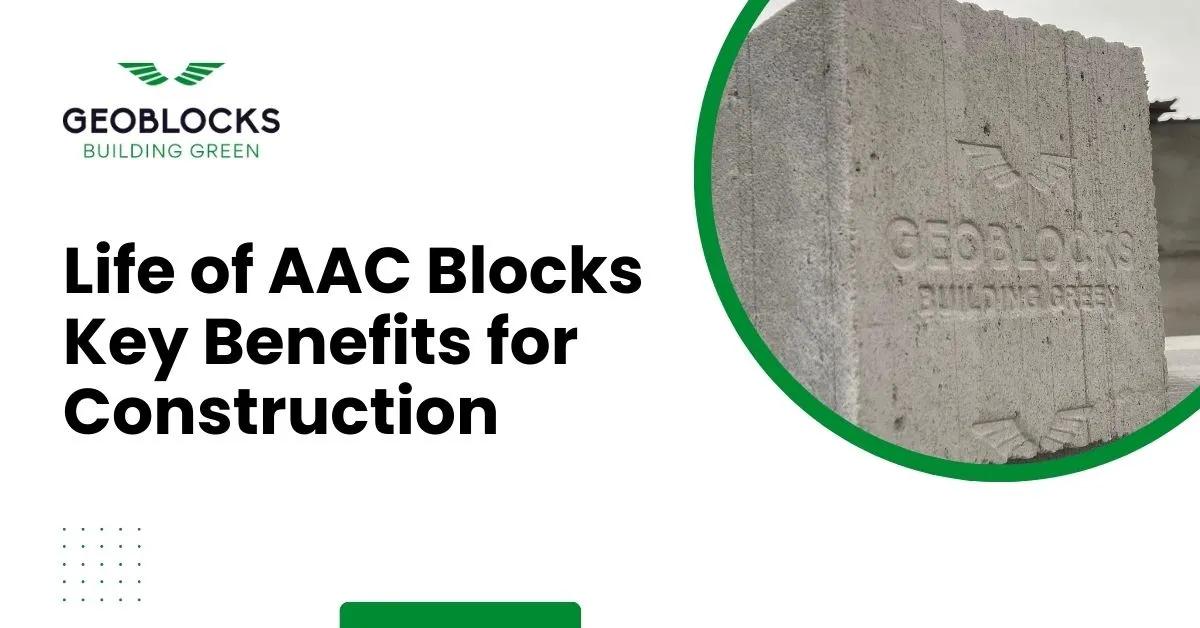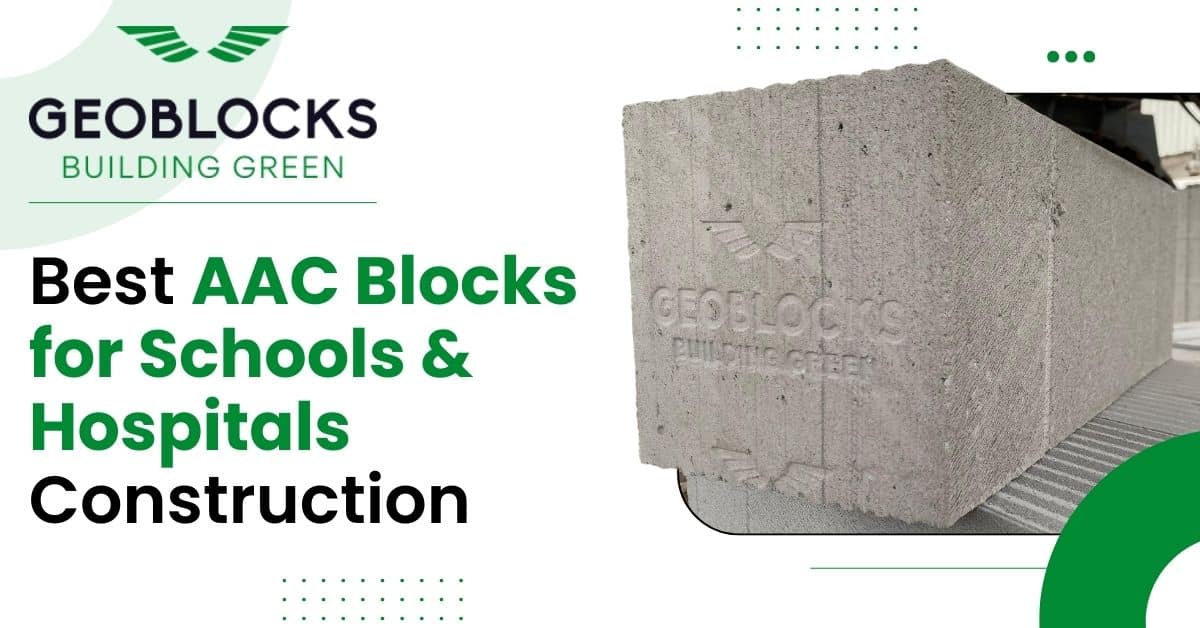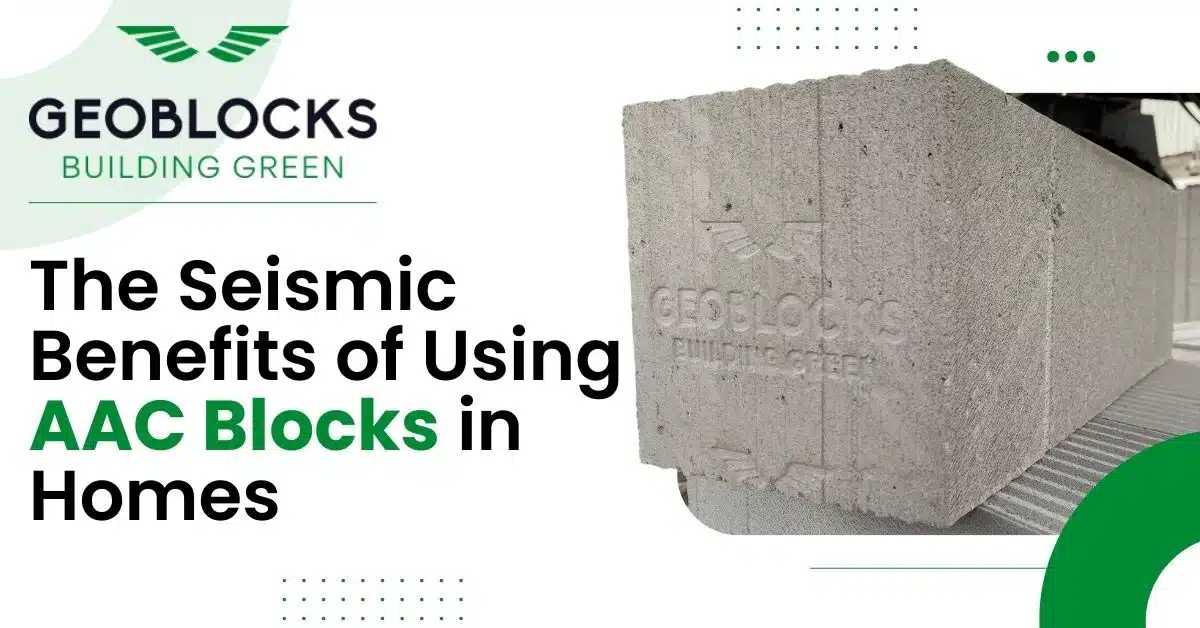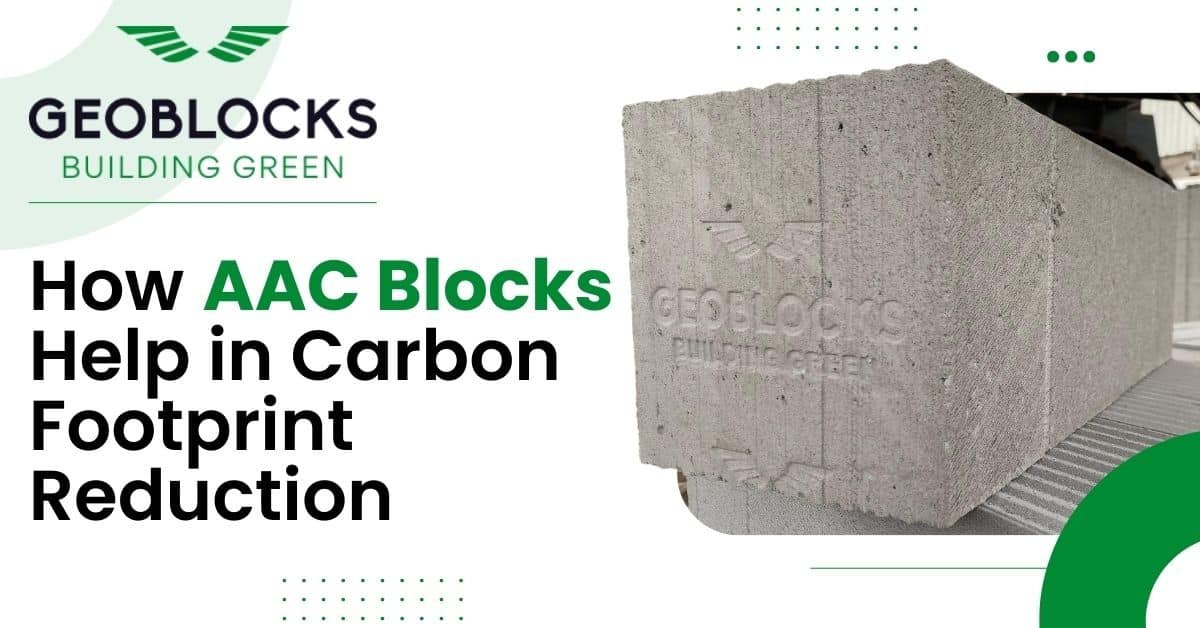When constructing schools and hospitals, choosing the right building materials is crucial for safety, durability,…

The use of Autoclaved Aerated Concrete (AAC) blocks has become a popular choice in modern construction due to their impressive lifespan, durability, and sustainability. Unlike traditional bricks, AAC blocks offer a range of advantages that make them a preferred option for architects, builders, and property developers. This blog explores the life of AAC blocks and the Key Factors Contributing to the Life of AAC Blocks, providing insights into why they are increasingly seen as the future of sustainable and resilient building.
Table of Content
What Are AAC Blocks?
AAC blocks are lightweight, precast foam concrete building materials known for their high insulation properties, strength, and ease of use. Made from natural raw materials like sand, lime, and gypsum, AAC blocks undergo autoclaving—a high-pressure steam curing process—making them highly durable and eco-friendly.
Life of AAC Blocks
The life of AAC blocks plays a crucial role in determining the durability and long-term performance of any construction. Autoclaved Aerated Concrete (AAC) blocks are known for their strength, longevity, and resilience, making them an ideal choice for sustainable building projects. Unlike traditional bricks, which can degrade over time due to environmental factors, AAC blocks maintain their integrity for many decades, offering substantial benefits in terms of structural stability and reduced maintenance.
Key Factors Contributing to the Life of AAC Blocks
Resistance to Environmental Stress AAC blocks is highly resistant to environmental conditions such as weathering, moisture, and extreme temperatures. Their unique structure prevents cracking, shrinking, and warping, ensuring the blocks retain their strength and appearance over the years.
Reduced Maintenance Costs The long life of AAC blocks directly translates into lower maintenance costs. Since these blocks are not prone to the common wear and tear associated with traditional building materials, property owners and developers can save significantly on repairs and replacements.
Ready to enhance your construction with durable AAC blocks? Reach out to GEOBLOCKS now!
Sustainability and Longevity One of the main selling points of AAC blocks is their sustainability. These blocks are made from natural materials, and their longevity means they help reduce the need for constant replacement, contributing to a more sustainable building lifecycle.
Structural Stability Due to their lightweight nature and strong compressive strength, AAC blocks offer excellent structural stability. This stability ensures that buildings constructed with AAC blocks last for years without compromising the integrity of the structure.
Fire and Water Resistance AAC blocks are inherently fire-resistant and water-resistant, which contributes to their longevity. These qualities protect buildings from the risks associated with fire damage and moisture infiltration, further enhancing the lifespan of the structure.
Frequently Asked Questions
What are the benefits of blocks in construction?
Blocks, especially AAC blocks, offer durability, insulation, fire resistance, and eco-friendliness, making them ideal for sustainable construction.
What is the life of AAC blocks?
AAC blocks are designed to last for decades, offering excellent structural integrity and minimal maintenance over time.
What are the benefits of aerated concrete blocks?
Aerated concrete blocks provide lightweight strength, energy efficiency, soundproofing, and ease of installation, enhancing building quality.
Conclusion
In conclusion, the life of AAC blocks makes them a wise investment for construction projects, ensuring both durability and sustainability. Their superior resistance to environmental factors, low maintenance requirements, and structural stability make them a top choice for developers seeking long-lasting and cost-effective solutions.
For more information on the advantages of AAC blocks and how they can enhance your building project, consult with GEOBLOCKS, a leader in high-quality AAC block manufacturing.




